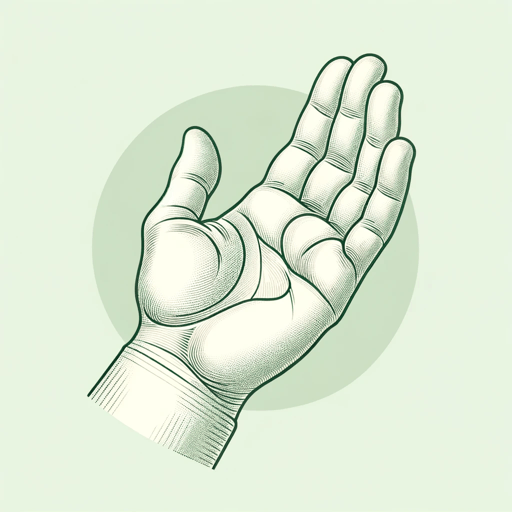69 pages • 2 hours read
Dale CarnegieHow to Stop Worrying and Start Living
Nonfiction | Book | Adult | Published in 1948A modern alternative to SparkNotes and CliffsNotes, SuperSummary offers high-quality Study Guides with detailed chapter summaries and analysis of major themes, characters, and more.
Background
Socio-Historical Context: The Mid-20th Century
As Dale Carnegie explains in his Preface, he wrote How to Stop Worrying and Start Living in response to an existing need. The author recognized that worry was a significant preoccupation for many of the students in his self-development classes. However, when he searched for texts on overcoming the habit of worrying, few existed.
Carnegie’s self-help guide was partially a reaction to the unease caused by a period of significant societal change. The book was released only three years after the conclusion of World War II. The US economy was also slowly recovering from the financial crisis of the Great Depression (1929-1939). In 1948, when Carnegie’s book was published, Americans were still suffering from the trauma of conflict, mass loss of life, and extreme economic austerity. The author’s focus on overcoming worry resonated with readers at a time of uncertainty and heightened anxiety. Carnegie recognized that worry, if left unchecked, caused unhappiness, impacted mental and physical health, and hindered productivity. He aimed to provide readers with practical coping mechanisms to help them regain a sense of control over their lives.
Many of the illustrative examples in Carnegie’s book reflect the era in which it was written. The author frequently references influential figures current to his original readership, including British Prime Minister Winston Churchill, US First Lady Eleanor Roosevelt, and the singer/movie star Gene Autry.
Related Titles
By Dale Carnegie


